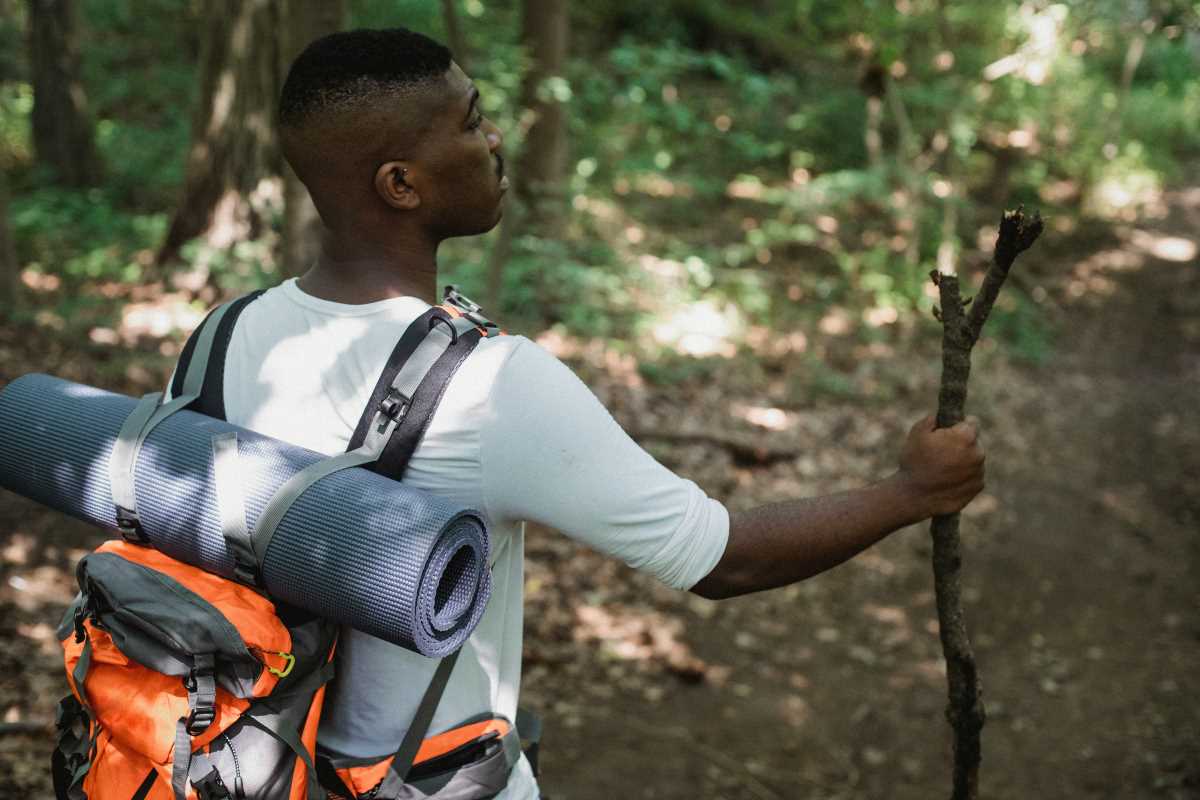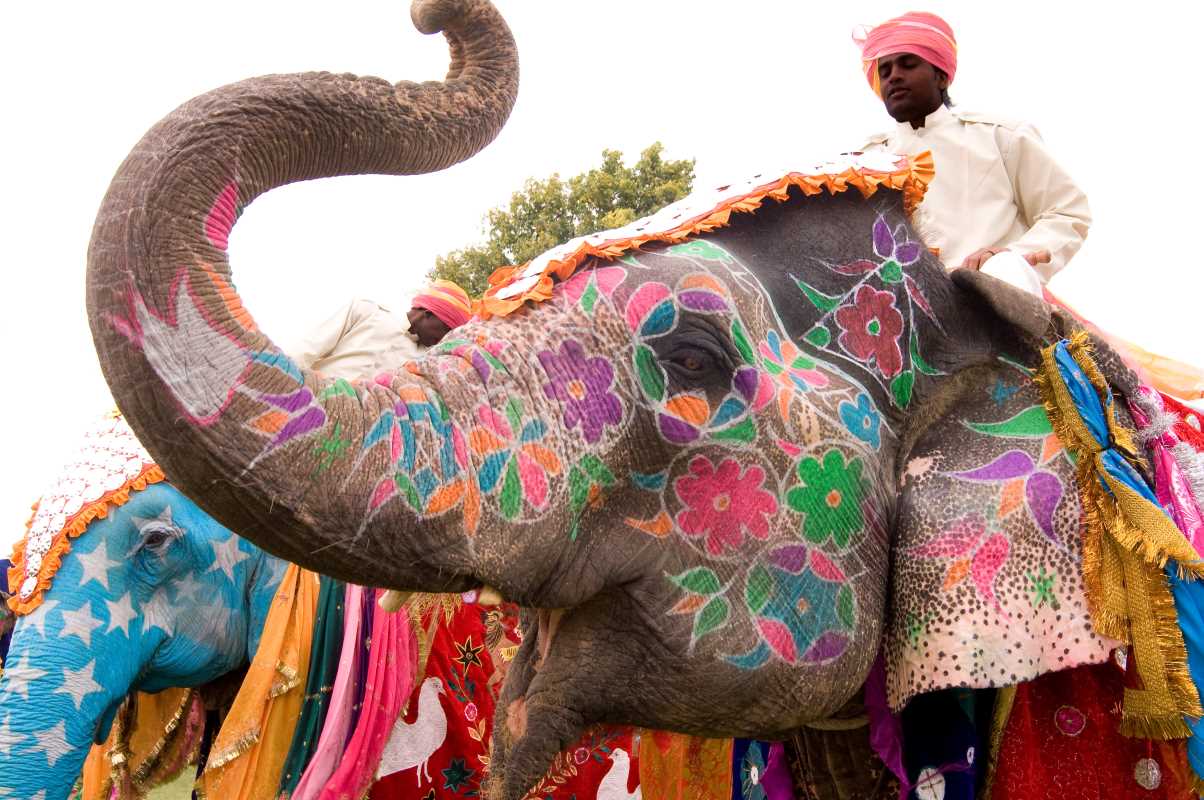Dappled sunlight shimmers across swaying ferns while you walk quietly along a cool, shaded trail, listening closely to the gentle movements of animals nearby. Every careful step reveals a new surprise—perhaps the sudden glimpse of a lizard’s glistening scales or the clear song of a hidden bird. Curiosity draws your attention to subtle changes in your surroundings, making each shift in the foliage or faint sound in the distance feel like an invitation to discover something unexpected. The hope of catching sight of rare wildlife adds excitement to every moment, encouraging you to move forward and explore the wonders that await.
Adventurers of all backgrounds discover that the thrill of observation often outshines any trophy photograph. That gentle hush when a deer lifts its head or the glimmer of scales beneath rippling water reveals a tapestry of life unfolding in real time. This hush encourages patience, respect, and a sense of belonging in a wider story that unites every creature under open skies.
How to Spark Curiosity on Every Hike
- A bird call echoes through a sun-dappled clearing, prompting you to lift your binoculars in wide-eyed anticipation.
- A drift of petals falling near a mossy bank unveils a salamander’s secret home hidden in rotting wood.
- The scent of damp earth and wildflowers creates an immersive backdrop for foxes padding across a meadow at dawn.
- A sudden splash sends water birds fluttering at the edge of a mirrored lake, painting a moment of living art.
- A chorus of frogs awakens at dusk, each croak adding a note to the symphony of a forest coming alive.
The Hidden Value of Nature
Every rustle of grass embodies a story waiting to be discovered. Imagine kneeling by a misty creek, your breath visible in the cool morning air, as a beaver’s tail flicks water silently. That moment teaches resilience rooted in endless cycles of habitat building and renewal. It reminds you of the patient creativity in nature’s design, revealing how tiny daily acts build grand landscapes over seasons.
Later, you wander into a grove of ancient pines, each trunk scarred by decades of storms and sunshine. Owls roost in hidden hollows, their quiet presence weaving mystery into the rustling canopy. These encounters spark a connection deeper than mere sightseeing: they invite you into a world where every life form contributes to a living mosaic. This sense of unity transforms observation into belonging.
Top 10 Easy Places to See Wildlife
- Everglades National Park (Florida wetlands): This subtropical landscape teems with alligators sunning on sawgrass ridges. Entrance fees run around $30 per vehicle, valid for a week. Rent a canoe from local outfitters for under $25 a day to reach silent marsh channels where herons stalk fish.
- Insider Tip: Visit early morning for clear light and minimal boat traffic along winding waterways.
- Yellowstone–Grand Loop Road (Wyoming/Montana): Driving this 142-mile circuit allows you to spot bison herds grazing near thermal springs. A private vehicle pass costs $35 and stays valid for seven days. Pull over at designated turnout areas and peer across thermal basins for elk or pronghorn browsing on grass edges.
- Insider Tip: Timing visits at dawn or dusk tightens your window for predator–prey sightings.
- Muir Woods National Monument (California coast): Ancient redwoods tower over a network of easy boardwalk trails, welcoming owls and salamanders to its shadowed floor. Entry requires advance tickets around $15 per person.
- Insider Tip: Arrive outside peak season to catch deer moving silently between fog-shrouded trunks and spot banana slugs gliding beneath old-growth bark.
- Banff’s Johnston Canyon (Alberta mountains): A mix of frozen waterfalls and turquoise waters draws mountain goats to cliff ledges. Parking reservations cost $10 per day. Hike along metal catwalks to vantage points where wildlife appears against alpine backdrops.
- Insider Tip: Visit mid-March when melting ice reveals hidden pools frequented by otters and songbirds replenishing after winter.
- Kakadu National Park (Northern Territory): Wetland floodplains host thousands of crocodiles and migratory birds. Park passes run around AUD$40 for two weeks. Charter a small boat tour at sunrise to glide past water lilies and mangrove islands.
- Insider Tip: Wear muted clothing and approach riverbanks quietly to glimpse stalking predators without startling them.
- Santuario de Fauna Andina (Ecuador highlands): Volcanic slopes harbor condors riding thermal updrafts. Entry fees reach $20 with local guide fees at $15 per group. Trek along gentle switchbacks for panoramic views.
- Insider Tip: Visit during stable weather windows to see impressive wingspans against cloud-streaked skies.
- Lake Nakuru National Park (Kenya Rift Valley): Millions of pink flamingos gather along alkaline shores. A park permit near $60 per nonresident grants all-day access. Drive the loop road slowly to observe white rhinos and hippos.
- Insider Tip: Arrive by late afternoon when flamingo flocks paint the lake’s horizon in vivid hues.
- Sundarbans Mangrove Reserve (Bangladesh/India): Tidal waterways carve a labyrinth where Bengal tigers paddle between islands. Boat safaris cost around $50 per person for a day trip.
- Insider Tip: Drift quietly through narrow creeks at dawn and scan dense roots for monitor lizards and kingfishers. Pack waterproof boots to step ashore at low tide.
- Sinharaja Rainforest (Sri Lanka lowlands): This UNESCO site shelters endemic birds and leopard cats under a dense canopy. Entry plus guide fees total about $25 per group for half a day. Walk hidden trails lined with orchids.
- Insider Tip: Request headlamp-equipped night walks to spot glowing eyes of nocturnal civets and slow lorises.
- Daintree Discovery Centre (Queensland tropics): Boardwalks and canopy platforms guide you through ancient rainforest inhabited by tree kangaroos and cassowaries. Access costs AUD$24 per adult.
- Insider Tip: Early morning hikes reward you with quiet sightings and dew-soaked forest floors dotted by colorful millipedes.
Expert Tips for a Memorable Wildlife Trip
- Begin your day before first light to match animal activity peaks—carry a headlamp with a red filter that preserves night vision without startling creatures.
- Wear layered clothing made of moisture-wicking fabrics, and add a lightweight rain shell—adapting your gear on the trail keeps you comfortable and alert.
- Keep snacks in quiet, resealable pouches and nibble slowly to avoid rustling wrappers; sharing some with a local guide can deepen your conversation and provide helpful tips.
- Position yourself near animal paths or watering spots instead of the densest foliage; animals prefer open edges and clear sightlines for safety reasons.
- Learn a few animal calls or rustle sounds—you’ll attract curious birds and mammals without chasing them away with unnatural noises.
Build Connections with Other Nature Enthusiasts
Sharing wildlife sightings and tracking tips builds friendships and deepens your understanding of nature. Connecting with fellow enthusiasts inspires new adventures and fresh perspectives on familiar trails. With curiosity and care, each outing becomes a meaningful step into the natural world.
 (Image via
(Image via





